Take a minute to think about all of your recurring expenses: streaming services, workplace apps, gym memberships, the list goes on. Now, consider which of those companies you’d stick with even if a cheaper option became available.
If you make that distinction, you’re starting to understand the difference between customer retention and customer loyalty.
Customer retention (hanging onto repeat buyers) is often touted as the holy grail of business operations. But repeat customers aren’t as valuable as loyal customers, who go beyond spending money to spread the word about a brand.
Even though customer loyalty has a somewhat magical quality (which you’ve witnessed if you’ve ever tried to get an Apple fan to switch to a PC), it doesn’t happen by accident. It’s a process—and it starts with your customer service team.
Customer Loyalty vs. Customer Retention: What’s the Difference?
“Customer loyalty” and “customer retention” are sometimes used interchangeably, but there’s an important difference between these two terms.
A retained customer is someone who makes repeat purchases from a company, whether through a subscription or by consistently choosing them over a competitor. However, this customer isn’t necessarily passionate about the brand. If they see an ad for a newer or cheaper option, they won’t hesitate to make the switch.
A loyal customer, on the other hand, gives a brand more than money. They willingly tell their family, friends, or colleagues about the brand—and they’re likely to stick with the brand, no matter how enticing competitor’s product or ad campaign might be.
For example, maybe you've bought the same dish soap for years, simply out of habit. That company has retained you. But if a new brand runs a sale or has interesting packaging, you give it a chance because you're not particularly loyal. But when it comes time to take your car to the shop, you go to the mechanic you trust, and no amount of advertising from their competitor will change your mind. That's loyalty.
In short, the variable that separates customer loyalty from customer retention is an emotional connection.
Why Customer Loyalty Matters More than Customer Retention
Customer retention is important for a brand’s bottom line. In fact, acquiring a new customer can be up to 25 times more expensive than retaining a current one. But cultivating loyalty ensures your fan base sticks around instead of switching to a competitor.
Here are three key reasons loyalty must be top-of-mind for all CX leaders.
1. Loyal Customers Generate New Customers
Loyal customers don’t just have a transactional relationship with a brand—they are brand advocates who attract new customers via word-of-mouth.
When consumers are inundated with endless options, referrals can be a brand’s lifeblood. In fact, 92% of people trust recommendations from friends and family more than any form of advertising, according to Nielsen.
2. Loyal Customers Pay Up
When the price of a product or service affects someone’s purchasing habits, that’s a form of price sensitivity.
Let’s say a new Wi-Fi provider offers you the same service for 15% less than you pay now. If you switch for that reason, you’re price sensitive.
Loyal customers, however, are price-insensitive (to a degree). In other words, they’re willing to pay more for a brand they’re familiar with, whether that’s because of stellar customer service, convenience, or aesthetics.
Apple has arguably the most price-insensitive fan base in the world. They can raise their prices and still have devout Apple users lined up around the block.
3. Loyal Customers Make Your Brand Competition-Proof
It’s hard to turn your back on a brand that consistently wows you with remarkable customer experiences. Make no mistake: competitors will go to great lengths to steal customers through aggressive advertising and lower prices. But at the end of the day, loyalty is stronger than any marketing campaign.
How Do You Know if Your Customers Are Loyal?
Unlike performance metrics such as customer satisfaction (CSAT) and first call resolution (FCR), loyalty is an intangible characteristic, meaning there isn’t a specific formula you can use to measure it.
However, one way to get an idea of how loyal your customers are is by tracking Net Promoter Score (NPS). NPS determines the likelihood of a customer recommending a brand to someone they know. You measure NPS with a single-question survey. Here’s an example:
On a scale of 1-10, how likely are you to recommend [company] to a friend or colleague? 1 = extremely unlikely and 10 = very likely.
The responses to NPS surveys can suggest if a customer is loyal, but it can’t tell you why they’re loyal (or why not). To work around this problem, CX teams should review NPS in tandem with quality assurance (QA) scorecards.
QA scores add context to NPS scores because they indicate where a support agent might have missed the mark in terms of adhering to the brand’s quality standards. For example, if the agent used the wrong process to resolve an issue and caused an unnecessary delay, that could erode a customer’s loyalty to the brand.
Another way to gauge customer loyalty is by asking how new customers found you. During onboarding, include a survey question along the lines of, “How did you hear about us? Social media, podcast, news article, friend, coworker, etc.”
If you notice a lot of new customers find you through referrals, that’s usually a sign of a loyal fan base. Alternatively, generating unique promo codes for your customers to share can be a way to track exactly which customers are also your biggest advocates.
3 Ways CX Teams Turn Repeat Customers into Loyal Customers
If you want to improve customer loyalty, you have to improve the customer experience. That starts with agent interactions. Here are three ways CX teams can turn repeat customers into raving fans.
1. Make Customer Interactions as Easy as Possible
The strongest predictor of brand loyalty is how easy customer interactions are, according to Gartner. This echoes Harvard Business Review’s findings that going the extra mile to delight customers isn’t as effective as making their experiences easier.
The main driver of high customer effort scores (CES) is having to contact customer service multiple times to resolve an issue, according to Harvard Business Review. Accordingly, agents must prioritize first call resolution (FCR). That starts with coaching them to anticipate problems before they arise and addressing the root cause of customer complaints (not the symptoms).
2. Coach Agents on Soft Skills
At MaestroQA, we analyzed more than 265,000 interactions from 80+ ecommerce brands to see which customer service skills drive customer satisfaction. The top three were empathy, authenticity, and a friendly tone.
.png)
These soft skills can make the difference between a “meh” experience and an experience that inspires customers to advocate on your behalf. But how can you teach those soft skills to agents?
That starts with leveling up your customer service coaching.
For example, review agent’s call scripts to identify gaps in their performance and use those insights to inform 1:1 coaching sessions.
3. Leverage Quality Assurance (QA) Insights to Improve Agent Interactions
Top-performing customer support agents are natural problem solvers with high levels of emotional intelligence. But without a system that standardizes those traits, you can’t measure and improve them.
That’s where Quality Assurance (QA) data comes in.
QA scores measure how well agents perform up to a company’s standards for customer service. That gives CX teams actionable insights into what they need to do to elevate customer experiences.
Consider MeUndies, a direct-to-consumer underwear and apparel company. A critical part of their customer experience is portraying the MeUndies brand voice. But since brand voice tends to be intangible, CX leaders struggled to define and teach it.
To overcome that challenge, MeUndies created a rubric built around their brand voice (see below).
.png)
Each item on the rubric is reflected in their QA scorecard , and graded by CX managers, so agents always know which areas require more focus. This data-backed approach to consistent, branded communication helped MeUndies grow 1,583% in just three years.
Loyalty Is the Ultimate Competitive Advantage
When customers have the freedom to choose from countless brands with nearly identical products and services, cultivating loyalty hinges on intangible aspects like providing authentic, efficient customer support.
In fact, 95% of customers will recommend a company if they rate their customer experience as “very good,” according to a study by the XM institute. By contrast, only 15% of consumers are willing to recommend a brand with a poor customer experience.
Top-notch customer support might not grab headlines, but it’s what sets brands apart from commodities.







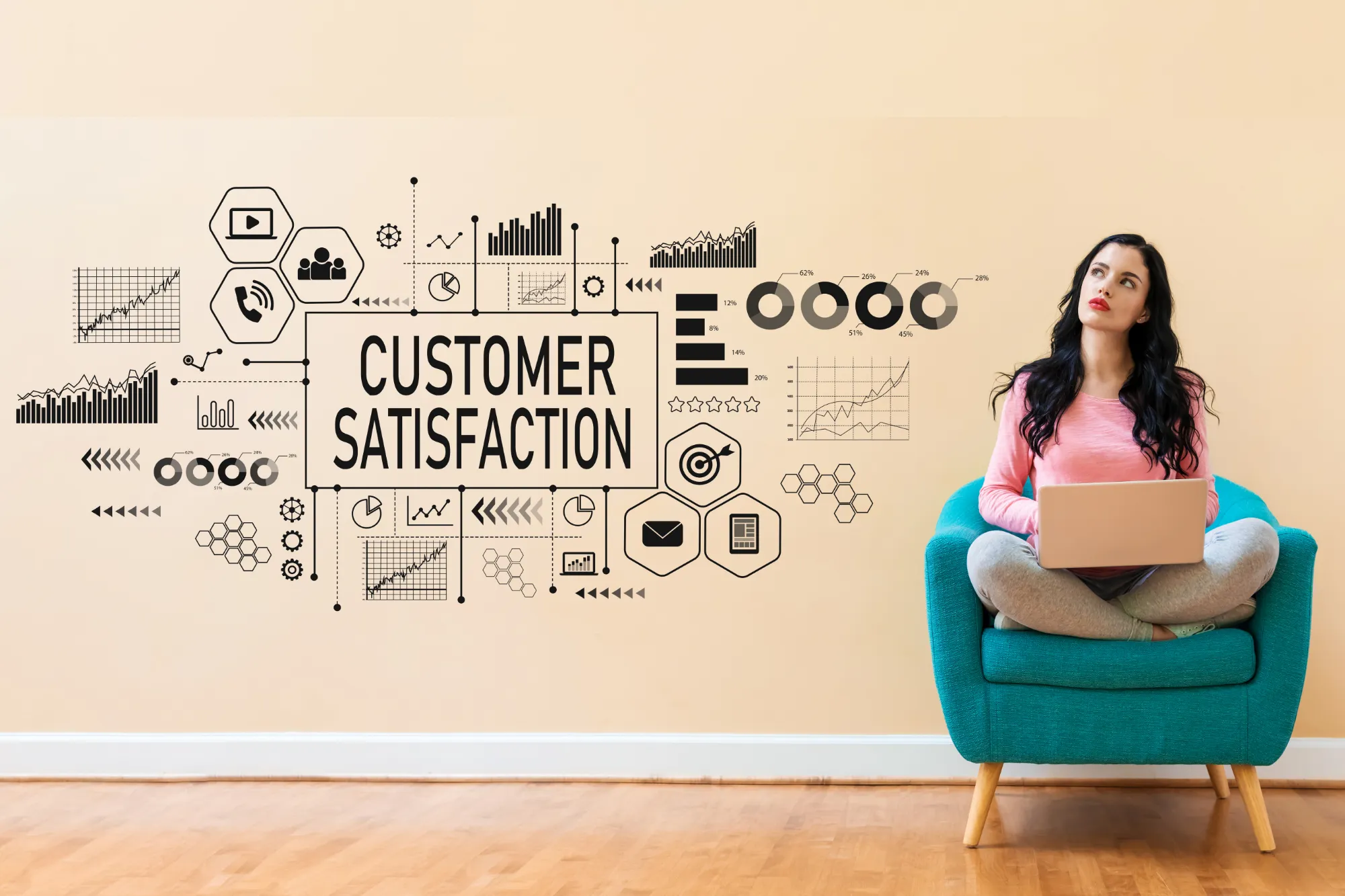

.webp)

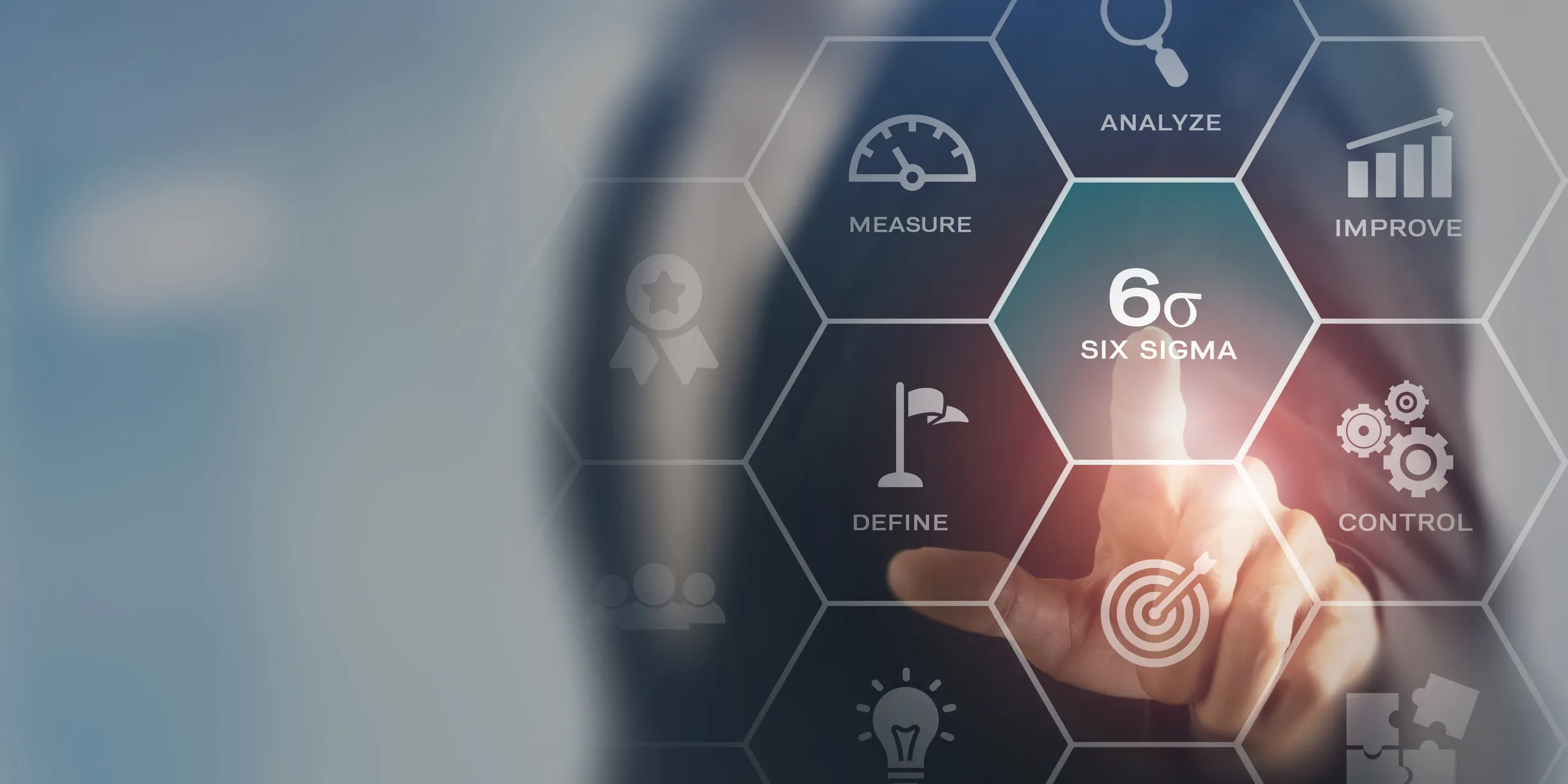



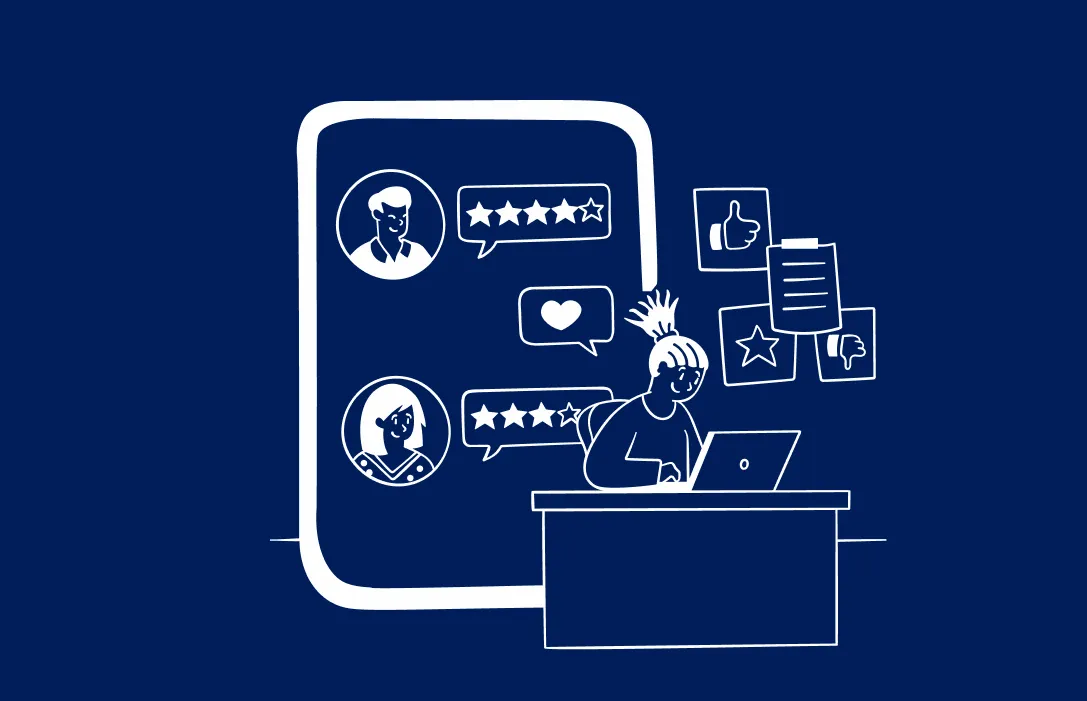
-p-500.webp)
.webp)
.webp)
%2520(1).webp)
.webp)
%2520(1)-p-800.webp)
.webp)
.webp)
.webp)
%2520(1).webp)
%2520(1).webp)
%2520(1).webp)
%2520(1).webp)
%2520(1).webp)
%2520(1).webp)
.webp)
.webp)
%2520(1).webp)

.webp)


.webp)

.webp)
.webp)
.webp)


.webp)
.webp)
.webp)

.webp)
.webp)

.webp)



.webp)
.webp)
.webp)

.webp)
.webp)



.webp)
.webp)
.webp)
.jpeg)
.webp)



.webp)
.webp)
.webp)
.webp)


.webp)
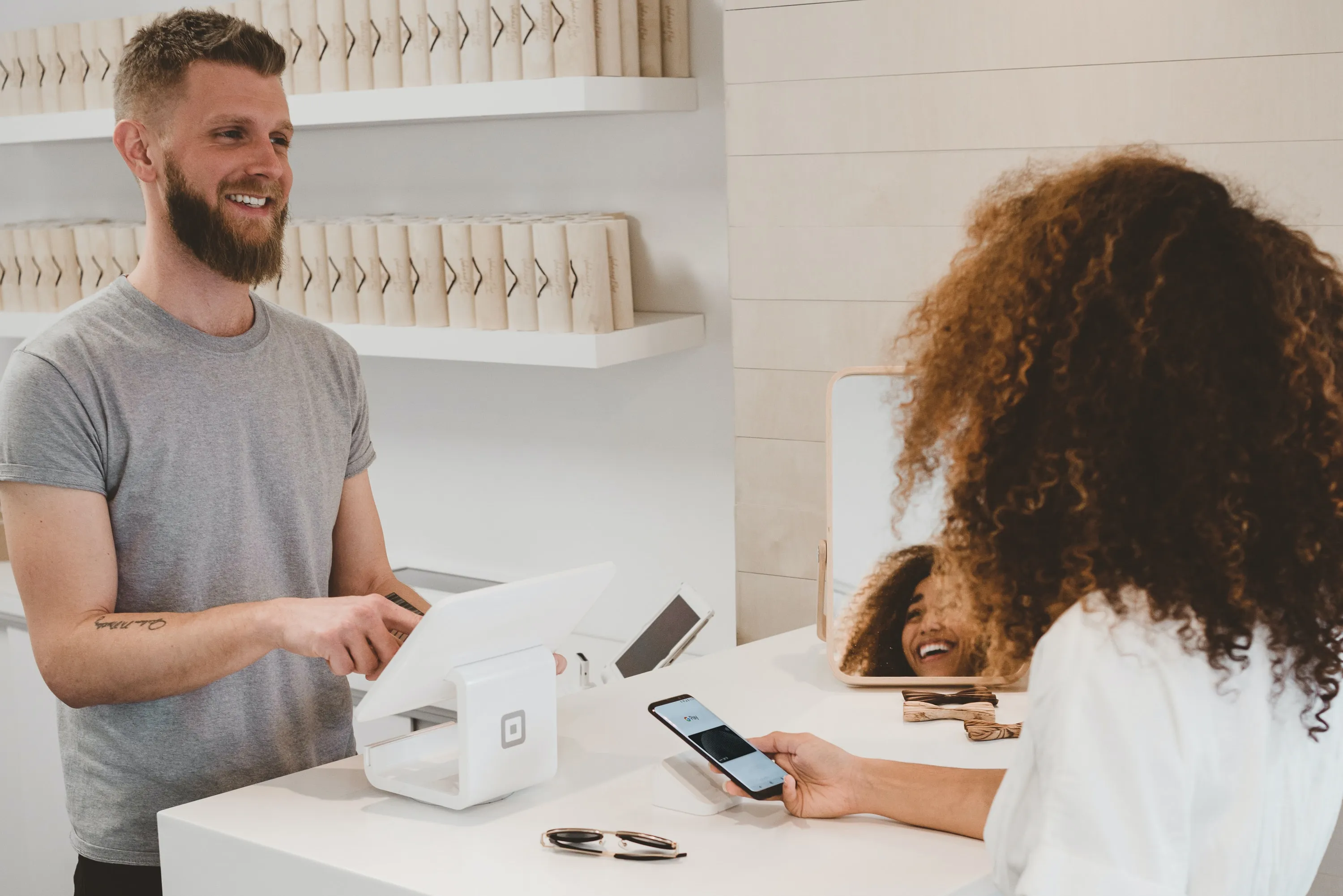

.webp)
.webp)

.webp)

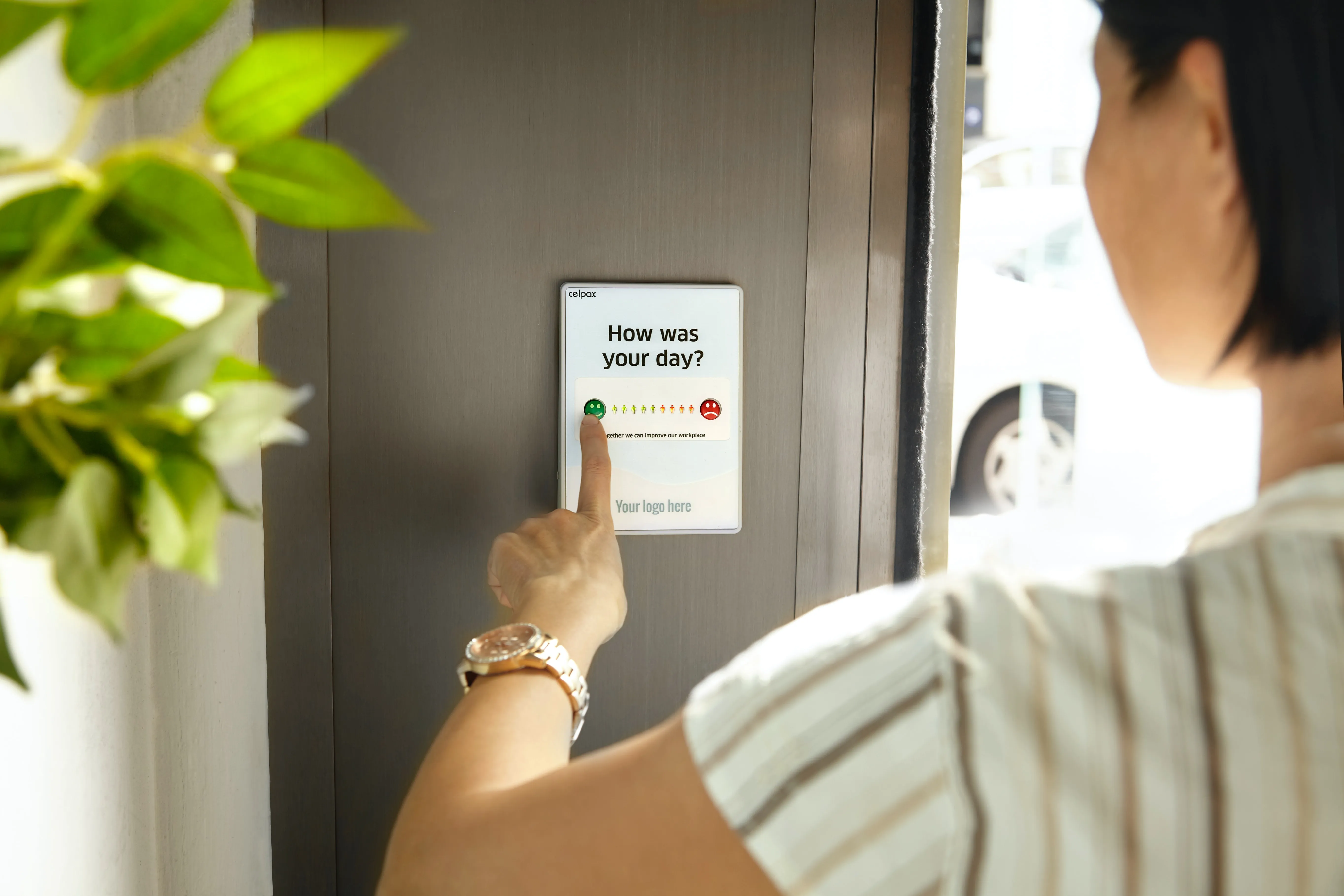


.webp)
.webp)

.webp)
.webp)


.webp)
.webp)

.webp)


